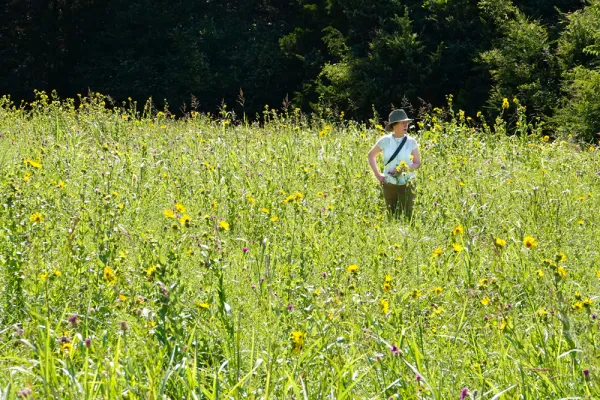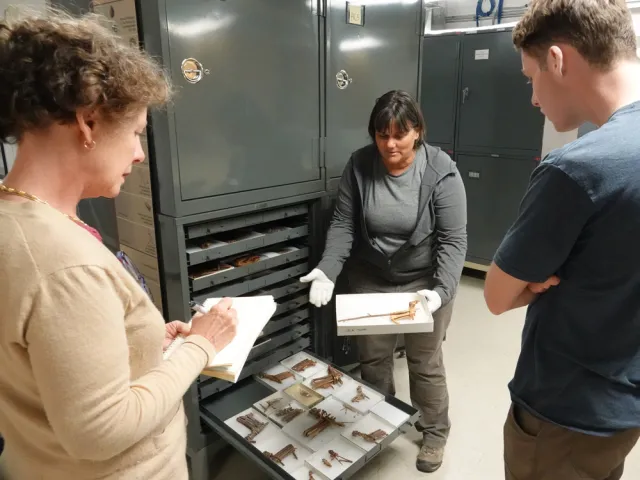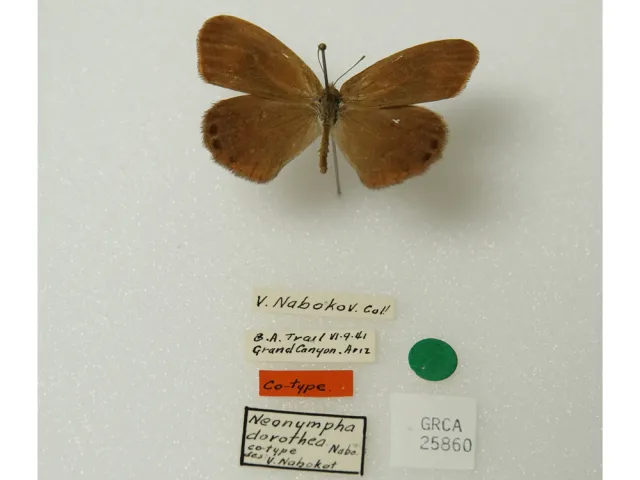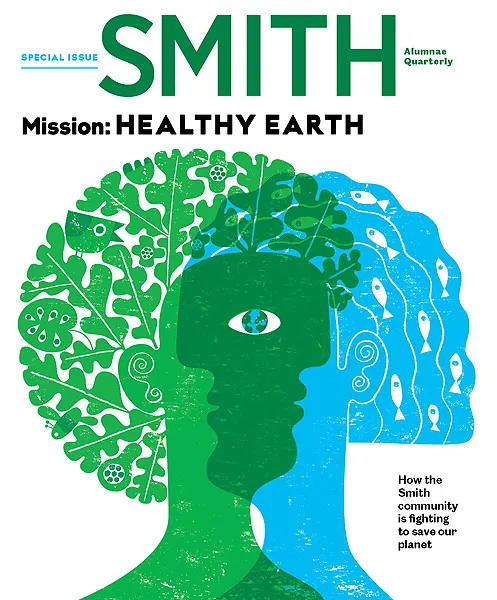Species Are Dying Every Day. How Can We Stem the Loss?
Alum News

Published March 18, 2020
Esteemed biologist E.O. Wilson repeatedly warns that reducing the rate of climate change alone will not make for a future habitable planet. Today we are focused on perils to our physical environment, including sea-level rise, catastrophic wildfires and superstorms, but we are not paying enough attention to the biotic world.
The living environment is made up of species—plants and animals—and their interactions create a life support system for humans. We cannot live without them. And we are losing species at an alarming and unsustainable rate with no abatement in sight. The main cause is habitat loss, along with herbicide and pesticide use, as well as climate change impacts. “If we save the living environment of Earth,” Wilson has written, “we will also save the physical, nonliving environment, because each depends on the other. But if we work to save only the physical environment, as we seem bent on doing, we will lose them both.”
A profound tool has emerged to help us grapple with catastrophic species loss, and it is citizen science. The term generally refers to nonprofessional contributions to scientific research, but citizen science goes well beyond the lab and the peer-reviewed paper. Citizen science broaches the divide between amateur and professional. It also reaches across academic disciplines and penetrates into social and environmental justice issues.

Hannibal with her son and Kim Besom ’85, collections curator at Grand Canyon National Park.
Citizen science is an ancient practice; indeed, professional science has its roots in amateur traditions. Charles Darwin was a citizen scientist; he had no advanced degree, and he worked only for himself. Today’s citizen science on behalf of biodiversity is turbocharged by smartphone technology, vast computing power and statistical analysis. But it works using Darwin’s methodology—by observation. By carefully documenting observations of plants and animals over time, we can discern patterns in how nature operates and see where it is failing. We can then zero in on ameliorating causes and help to stitch biotic relationships back together again.
Wilson has pointed out that a foundation of species loss is our ignorance of exactly what species live where, at what time of year and in what numbers. Because we have scanty information about our earthly co-travelers, it is often impossible to pinpoint exactly where they are in trouble and why. Using free citizen science tools like iNaturalist, everyday people help redress this situation. iNaturalist is a smartphone app for making photographic observations of species. Images are affixed with the date, the time, the latitude and the longitude of species’ occurrence, thus constituting the data “science” of citizen science. The “citizen” part is expressed when this individually obtained data is then shared with the global community. Together we can redress the knowledge gap of where species are when.

Besom helped Hannibal locate historic butterfly specimens at the Grand Canyon, in particular this capture by Vladmir Nabokov in 1941.
Citizen science helps drive social as well as environmental change. The city of Northampton, for example, participates in an international Urban Biodiversity Inventory that combines iNaturalist data with census data to better understand the intersection of human and natural systems. The possibilities are endless. Smith could connect with its home city of Northampton, with adjacent colleges and with the Pioneer Valley itself to help characterize this local and regional place along with global implications.
Our understanding of place is under vast revision today. Information from archaeology, anthropology, history and literature can be integrated with biodiversity data and interpreted through graphic design and fine arts to help create a living map of a just future. Like the mighty shield Vulcan created for Aeneas—depicting the unfolding Roman glories the warrior would make possible—this map would provide protection for invaluable resources while showing pathways to resilience. Smith College could be a leader in expanding the very idea of “citizen science” into an integrated “citizen humanities.” The time for this is now.
This story appears in the Spring 2020 issue of the Smith Alumnae Quarterly.
SMITH ALUMNAE QUARTERLY
Special Climate Issue

Mission: HEALTHY EARTH
How the Smith community is fighting to save our planet
SMITH ID
MARY ELLEN HANNIBAL ’81
San Francisco, California
JOURNALIST, AUTHOR: Citizen Scientist: Searching for Heroes and Hope in an Age of Extinction (2018)
SMITH MAJOR: English
Citizen scientist Mary Ellen Hannibal ’81 traveled to Dallas last summer to observe a restored habitat and the butterflies it attracts. Photographs by Richard Morgenstein